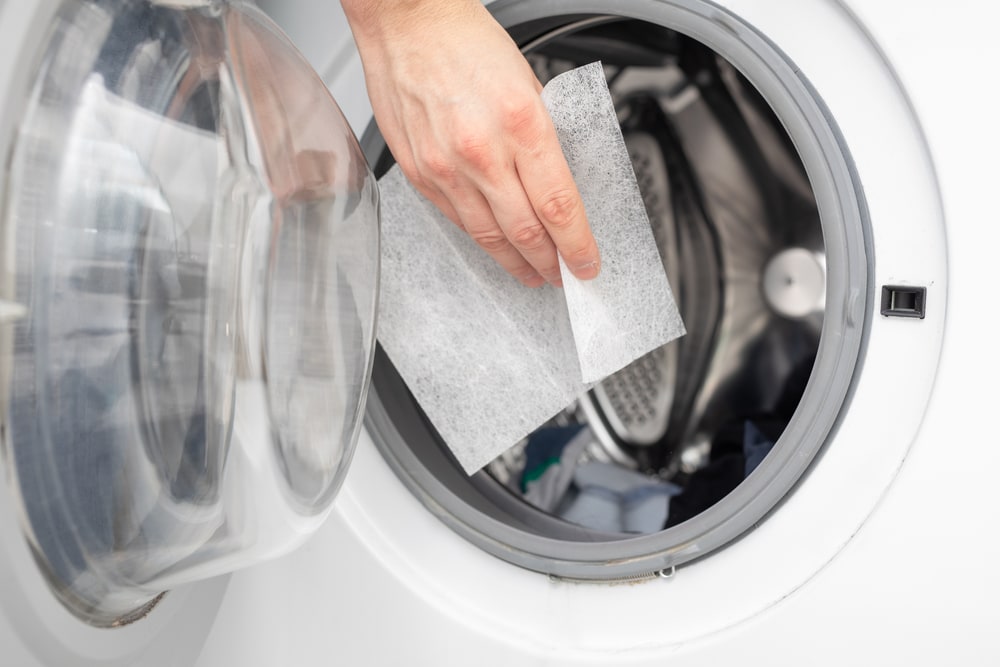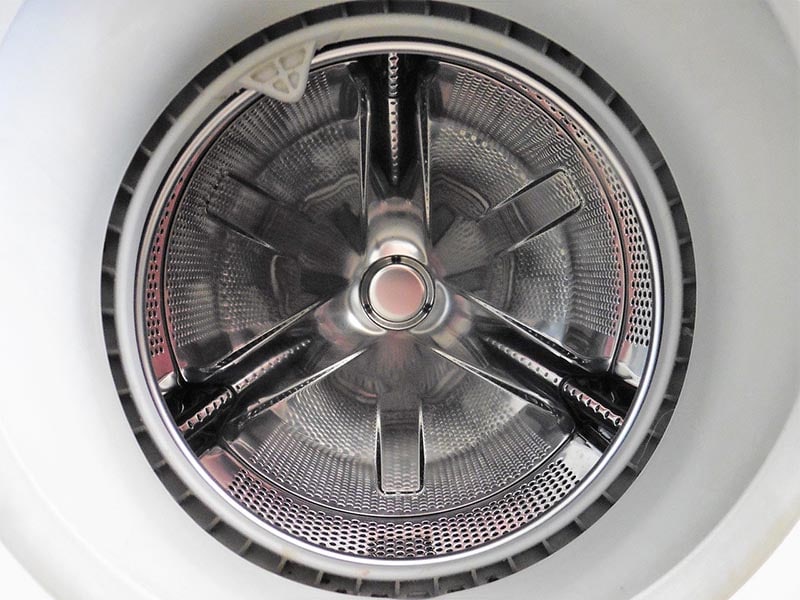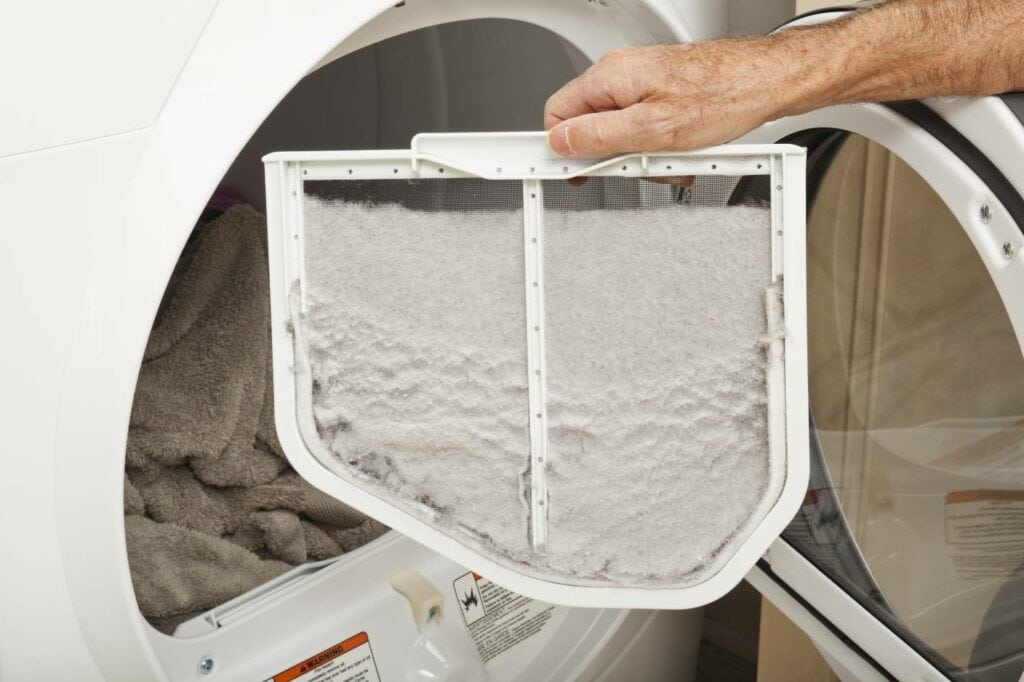How Much Does a Dryer Cost? 2025 Price Update
-
Pete Ortiz
- Last updated:

We are accustomed to making the basic things in life easier using time-saving appliances such as washers and dryers. And, as such, knowing the prices of some of these appliances is important if you are planning a big purchase.
As with all other appliances, the cost of a dryer could vary depending on several factors and features. Depending on the type of dryer the price can go from $500 to $3.000. We are going to address them in this post, plus a range of other concerns you might have about dryers. Read on for a deeper insight.
What Is a Dryer? Why Is It Important?
Also known as a tumble dryer, a clothes dryer is a household appliance whose purpose is to remove moisture from clothes and other textiles after they’ve been passed through a washing machine.
Dryers help a lot when it comes to doing laundry. They dry them within a fraction of the time as air-drying, consequently saving us time, effort, and hanging-line space. They also help us avoid weather constraints while easing the ironing process.

How Much Does a Dryer Cost?
As Kitchens.com reports, the typical cost of a dryer ranges between $200–$3,000, depending on factors such as the type of dryer, size, and extra features. However, the average cost of a dryer is $700. These prices are constant throughout the East Coast, West Coast, and Midwest.
The table below bears the cost of buying different types of dryers, which we will look at in our next session.
| Type of Dryer | Purchasing Price |
| Gas Dryers | $500–$1,500 |
| Vented Dryers | $200–$600 |
| Condenser Dryers | $600–$1,000 |
| Heat Pump Condenser Dryers | $1,000–$3,000 |
It’s worth knowing that purchasing a dryer does not come with a washing machine—you might have to pay almost as much again for it. The average cost of a washer-dryer combo is $1,500.

Additional Costs to Anticipate
Two instances where you may incur additional costs include the installation process and the cost of running the dryer.
Whereas you can install a dryer by yourself, you can also pay a small fee to have it transported and fixed in your home. The installation process should cost you between $50–$200 on a national average. It’s important to note that this cost includes preparing the laundry area, the cost of the vents and hookups, and other basic features.
On the other hand, the cost of running a dryer depends on the amount of power it consumes, which can differ depending on the dryer’s type, size, and features.
| Type of Dryer | Running Costs Per Year (Daily Use) | Running Costs Per Year (Weekly Use) |
| Gas Dryers | $150–$300 | $20–$60 |
| Vented Dryers | $580–$650 | $80–$100 |
| Condenser Dryers | $520–$630 | $50–$90 |
| Heat Pump Condenser Dryers | $150–$330 | $20–$50 |
The 2 Types of Dryers

There are several types of dryers, each with its specific features, pros, and cons. They are classified according to their source of power and how they function. Whereas none is better than the other, you should only purchase the type that suits your needs, preferences, or budget. Let’s take a quick look at the most common types of dryers in the market.
1. Gas Dryers
As the name suggests, gas dryers are connected to a gas line that powers the tumbler which dries the clothes and textiles. Unlike electric dryers, they use less energy to power the unit while also drying the laundry faster.
Gas dryers typically weigh between 4–10 kilograms, but they aren’t ideal for small-spaced apartments since they require a ventilation system.

2. Electric Dryers
This type of dryer purely depends on electricity to power up the unit. Whereas they may cost less than gas dryers in the market, their running costs may be more because they consume more power.
Before purchasing an electric dryer, you must understand that there are three of their kind: vented, condenser, and heat-pump condenser dryers. Here is a quick breakdown:
- Vented Dryers – They are the most popular type of electric dryer on the market. Essentially, they have a vent that heats the air before passing it to the drum. Once the hot air becomes moist, it is vented out of the system while fresh air replaces it. The clothes may not dry completely when the hot air moistens too fast. For this reason, this type of electric dryer is typically cheap to acquire but may be quite costly to operate.
- Condenser Dryer – Whereas regular dryers use a heating element to increase the temperatures inside the unit, condenser dryers use a different principle. They recycle hot air by extracting it from around the unit, warming it in a condenser, and then sending it to the drum to dry the laundry. Condenser dryers consume more power because they need more time to raise the temperature inside the appliance. It might not be the go-to choice if you want an energy-saving dryer.
- Heat-Pump Condenser Dryer – If you want a tumble dryer that features the latest developments in technology, you should opt for a heat-pump condenser dryer. As the name indicates, this type of dryer doesn’t use a condenser but rather a heat pump to remove moisture from the laundry. It draws air from its surroundings and passes it to the heat pump where it’s heated and released to the drum. Being highly energy efficient, they tend to be more expensive than other types of dryers.
Maintenance Practices to Keep Dryers in Their Best Condition
You don’t want your dryer to fail. That being the case, you must take good care of it to uphold its efficiency. Some of the practices that keep a dryer functioning properly over many years include the following:
1. Clean the Lint Screen Regularly
The more you use your dryer the more lint keeps forming on the lint screen. And yet, it’s common knowledge that if you start a batch when the lint screen is full of lint, it could cause a fire. While it barely occurs, it’s obviously something you don’t want to experience.
A small amount of lint may look negligible, but it’s worth noting that they impede the dryer’s efficiency. You should spend an extra 15 seconds each time before you load your dryer to get off all the lint.

2. Sort Out Soiled Clothes
To keep your dryer’s interior as clean as possible, you should avoid loading up soiled clothes. The best way to ensure this is by drying clothes that come directly from the washing machine because they go through a spinning process to remove most excess water and dirt.
If your clothes are soaking wet and dirty, you must wash them in the machine first or else dirt and any other materials may get inside the dryer and clog or corrode the internal parts.
3. Clean the Vents
Assuming your dryer isn’t ventless, cleaning the vent is a necessary routine maintenance practice that should be done at least twice a year. The vent is a crucial component that shouldn’t have any obstructions, or else it will minimize the flow of air to the dryer. If the dirt is too obstructive, the appliance will take longer to finish drying and may also malfunction.
To clean the exhaust vent, gently scrub a vent brush for about 30 seconds. You may have to contact a professional cleaning company if the duct is too long or if you can’t do it well yourself.

4. Wipe the Exterior Regularly
While keeping your dryer clean, you shouldn’t focus entirely on the interior but on the outer surfaces as well. Soap residue keeps piling up whenever you place your just-washed laundry on top of the dryer before loading them in. Make it a habit to clean the outside once every week to prevent the soap residue from corroding the surface.
Conclusion
We just learned that several factors such as the size, type, and features determine the cost of a dryer. However, the typical price ranges between $200–$3,000. Some other expenses to expect include the shipping, installation, and repair costs.
If you maintain your dryer properly, it should last for an average of 10 years. To keep it lasting longer, ensure you observe the maintenance practices enlisted in this article.
See also:
Featured Image Credit: Frantisek Krejci, Pixabay
Contents



